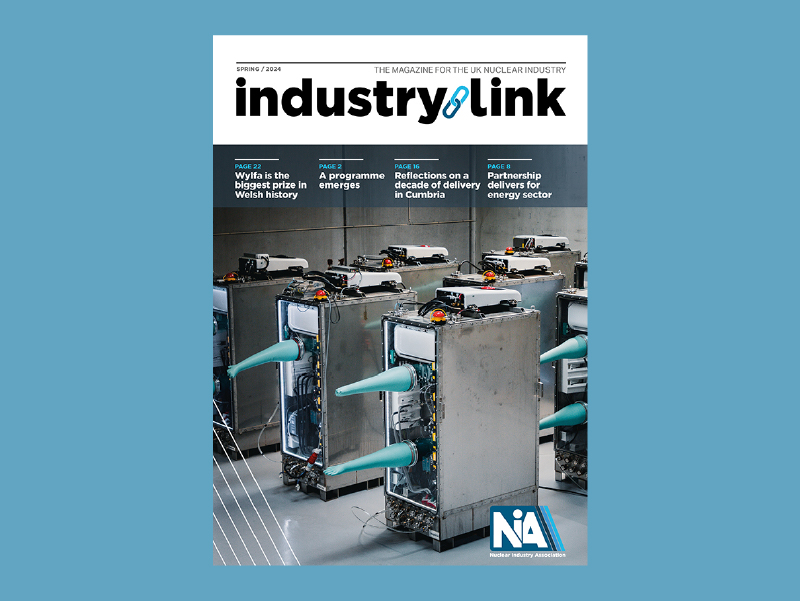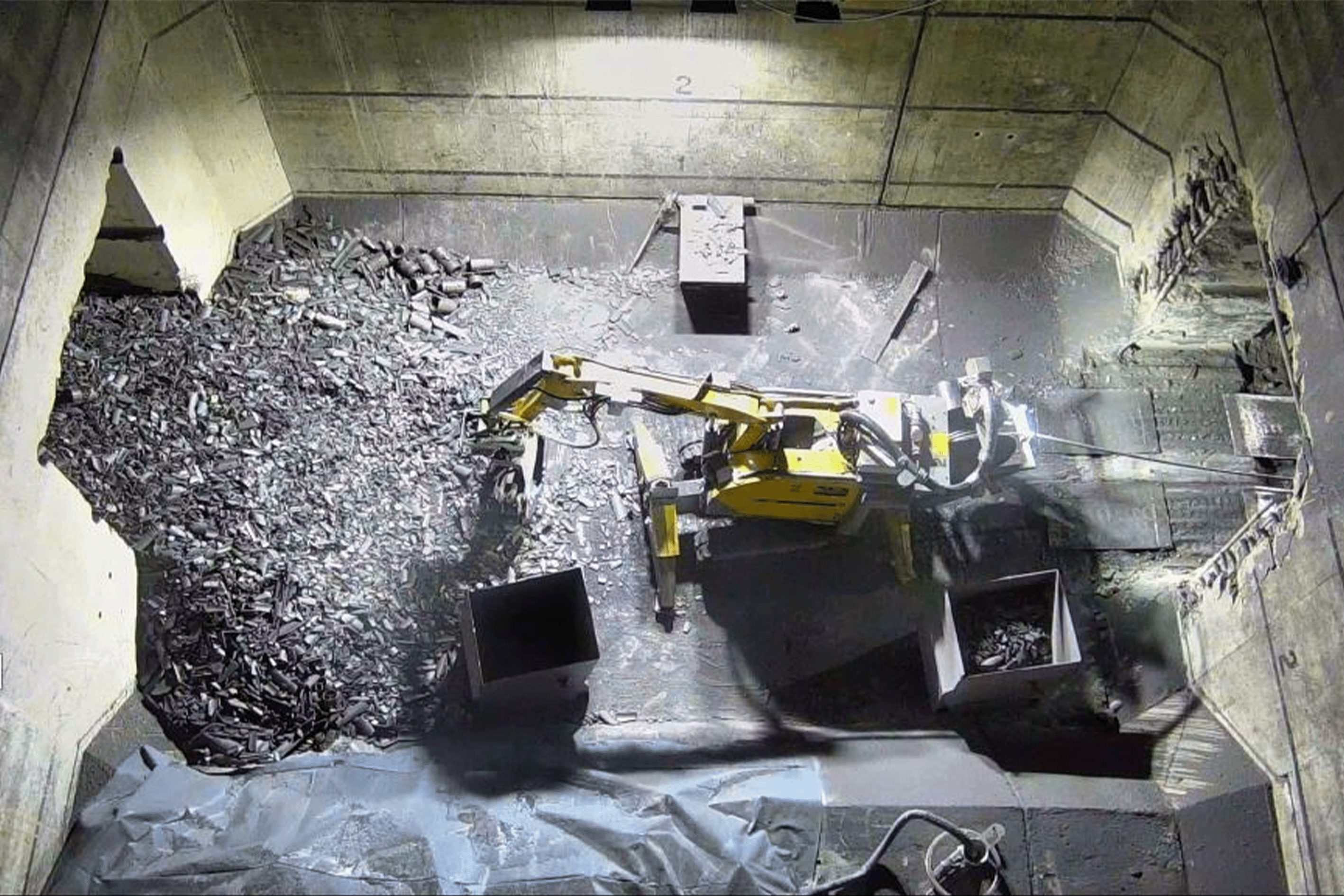The Nuclear Industry Association (NIA) welcomes the chance to respond to the Department for Business, Energy & Industrial Strategy’s Design of a business model for low carbon hydrogen inquiry.
The NIA is the trade association and representative body for the civil nuclear industry in the UK. We represent more than 200 companies operating across all aspects of the nuclear fuel cycle. This includes the current and prospective operators of nuclear power stations, the international designers, and vendors of nuclear power stations, and those engaged in decommissioning, waste management and nuclear liabilities management.
Some of our members may choose to make their own detailed submissions so therefore this response is a high-level overview of the nuclear sector’s thoughts on this matter.
Do you agree with our overall approach to introduce a contractual, producer focused business model covering the proposed scope?
Do you agree with our approach to the business model design?
The recent gas crisis seen across Europe highlights the need for an effective business model to bring down the cost of low-carbon hydrogen production to equalise costs with natural gas.
We are supportive of the producer-led business model as set out in the consultation document. However, the complexity of the approach is seen as off-putting and we would encourage the consideration of a simpler scheme, which would have significant advantages to the smaller-scale electrolytic projects that the NZHF wishes to focus on in its initial stages.
With that in mind, we are supportive of the long-term approach laid out by the Government and while there is more work to be done on the proposal, we believe that it could be also be adapted to be applicable for larger electrolytic projects.
The Government should aim to keep a level-playing field throughout the development of a hydrogen business model so that no technologies are disadvantaged, and while we are supportive of projects receiving additional support through other relevant mechanisms, the Government should be aware of how these additions could complicate the assessment of bids.











